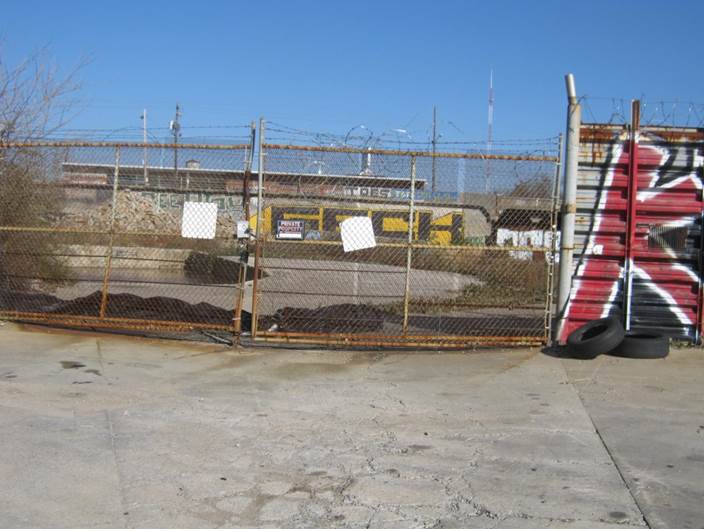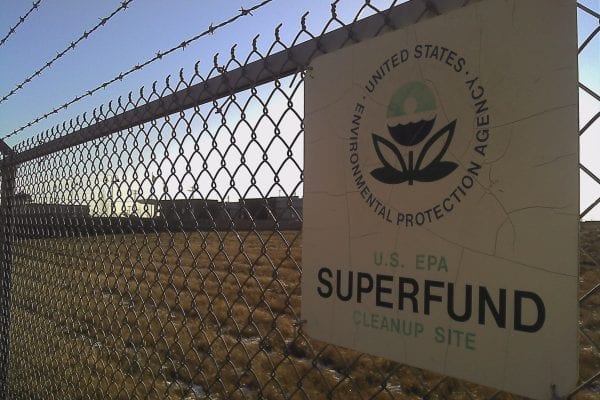If you ask developers about brownfield development, you’ll often get one of three responses: They’ve done it before and it was a disaster, they’ve never done it and never will, or they’re in the process of considering a brownfield property for purchase.
Unfortunately, you’ll only rarely hear from someone who has done it and wants to do it again. And that’s a shame, because under the right conditions, brownfield development can be highly lucrative. But you won’t get those “right conditions” unless you go into it with your eyes wide open, and resist falling prey to one of these five unfortunate brownfield myths.
Myth One: Brownfield Site = Contaminated Site
The Brownfields program was created in 1995 by the EPA, as a solution to the growing problem of environmentally challenged sites across the country. It was highly successful, and was expanded in 2002. It is designed to allow communities to access federal funds for environmental assessments and remediation, as well as to limit owner liability, for the purpose of encouraging development in challenged areas.
However, nothing in the definition requires an individual site to contain actual contamination in order to qualify for designation and, therefore, access to federal funds. In many cases, brownfield areas are designated by the municipality to include contiguous sites in an area that is abandoned, idled, underused, or perceived to be contaminated. Whether or not the site is actually contaminated can be determined through a Phase I and/or Phase II Site Assessment.
What this means for developers is that a designated brownfield site may not require environmental remediation at all, making it even more attractive for development.
Myth Two: Contaminated Site = Brownfield Site
However, it’s also important to note that just because a site is contaminated does not mean that it is eligible for federal funds under the brownfield designation. In fact, achieving brownfield designation is a complex, multi-step, potentially arduous and risky process. It requires a committed, long-term engagement among stakeholders, including owners, neighbors, municipal leadership, and the community, with no guarantee of a positive outcome. Developers beware: Unless you’re in it for the long haul and willing to risk disappointment, don’t depend on brownfield designated funds for contamination remediation on an undesignated site.
Myth Three: Brownfield Legislation Is All About the Environment
While it’s true that brownfield legislation was designed, in part, to clean up contaminated properties, it’s also designed as a boon to owners, developers, and the communities surrounding the brownfield properties. Prior to brownfields legislation, owners were often stuck with liability for contamination they hadn’t caused and possibly hadn’t even known existed. Communities suffered property devaluation due to derelict and abandoned properties that no one could afford to clean up.
The brownfields legislation limits owner liability under certain conditions, and provides funds to make these properties attractive for redevelopment. In so doing, it has been responsible for the revitalization of many formerly blighted urban areas, and has provided developers with a profitable avenue for obtaining promising properties for development.
Myth Four: Establishing Brownfield Designation is Easy
Sadly, we’ve seen many, many developers get into a bad spot because they got excited about a contaminated property and assumed they’d be able to get federal help via the brownfield program. As noted under Myth #2, brownfield designation is not handed out like candy. It is an arduous process that can take years, and requires significant community and municipal involvement, not to mention paperwork and more paperwork and meetings and more meetings. On the other hand, properties that lie inside already-designated brownfield areas are automatically eligible for brownfield designation, and therefore make much more attractive prospects.
Myth Five: Brownfield Development is Never Worth the Trouble
After reading all of that, it’s easy to think that maybe it’s best to simply steer clear of the hassle. However, many developers have done very nicely for themselves by taking advantage of the opportunities that the right brownfield sites can offer. Thanks to lower purchase prices and government incentives, and the fact that they are often located near desirable urban centers, these sites can be very attractive, if you go in with your eyes open.
In particular, look for a site that meets these criteria:
- In a geographically desirable location, such as close to amenities or high-value areas of town
- The right size for the planned development type
- Already zoned for the right land use
- Located in a brownfield area or already designated as a brownfield site
- No significant, obvious, and outstanding issues with the property
- Any contamination can be remediated profitably
- Phase I, Phase II Environmental Assessment, and any other necessary contamination due diligence is completed prior to purchase
If those are all in order, and the stars align, your next profitable development could very well contribute to the revitalization of an entire community.
For more information, we recommend “Brownfields 101,” distributed by Florida Brownfields, and available here, as well as this how-to on purchasing a brownfield site, and this one on dealing with contamination.





